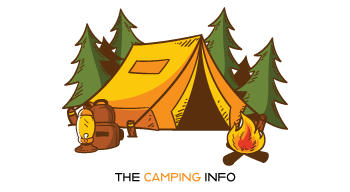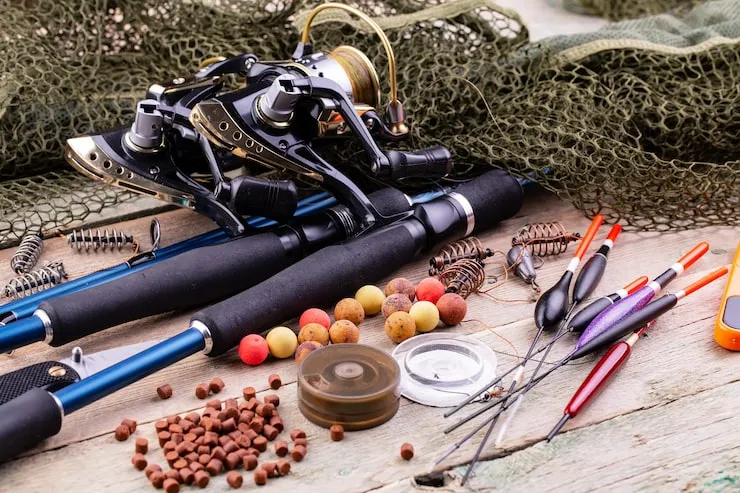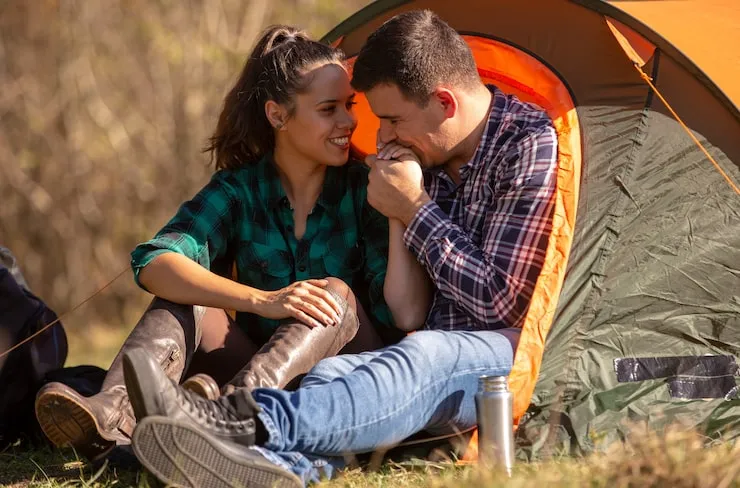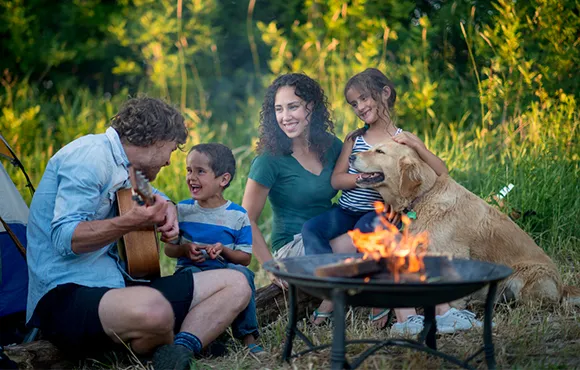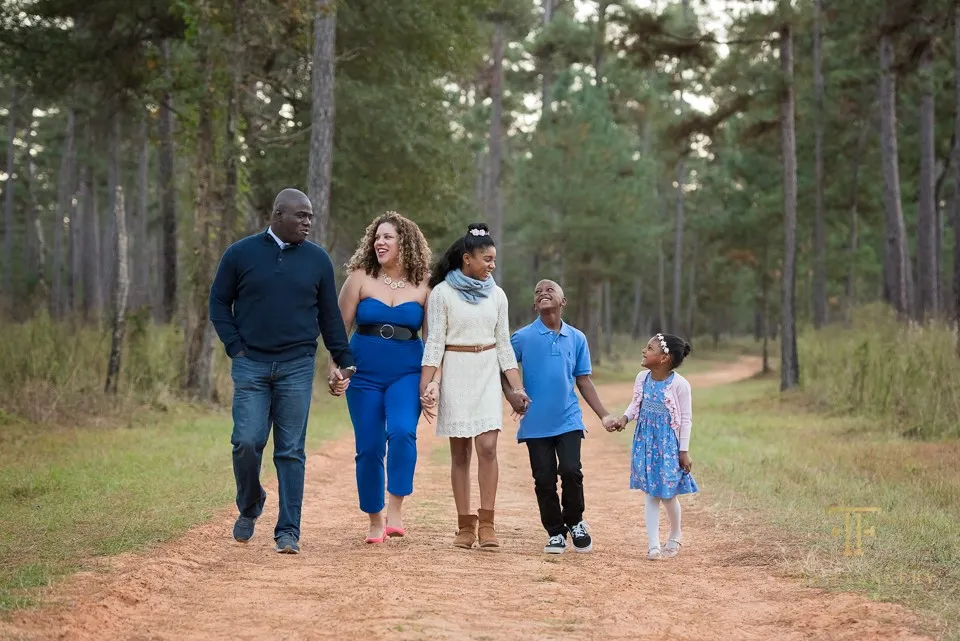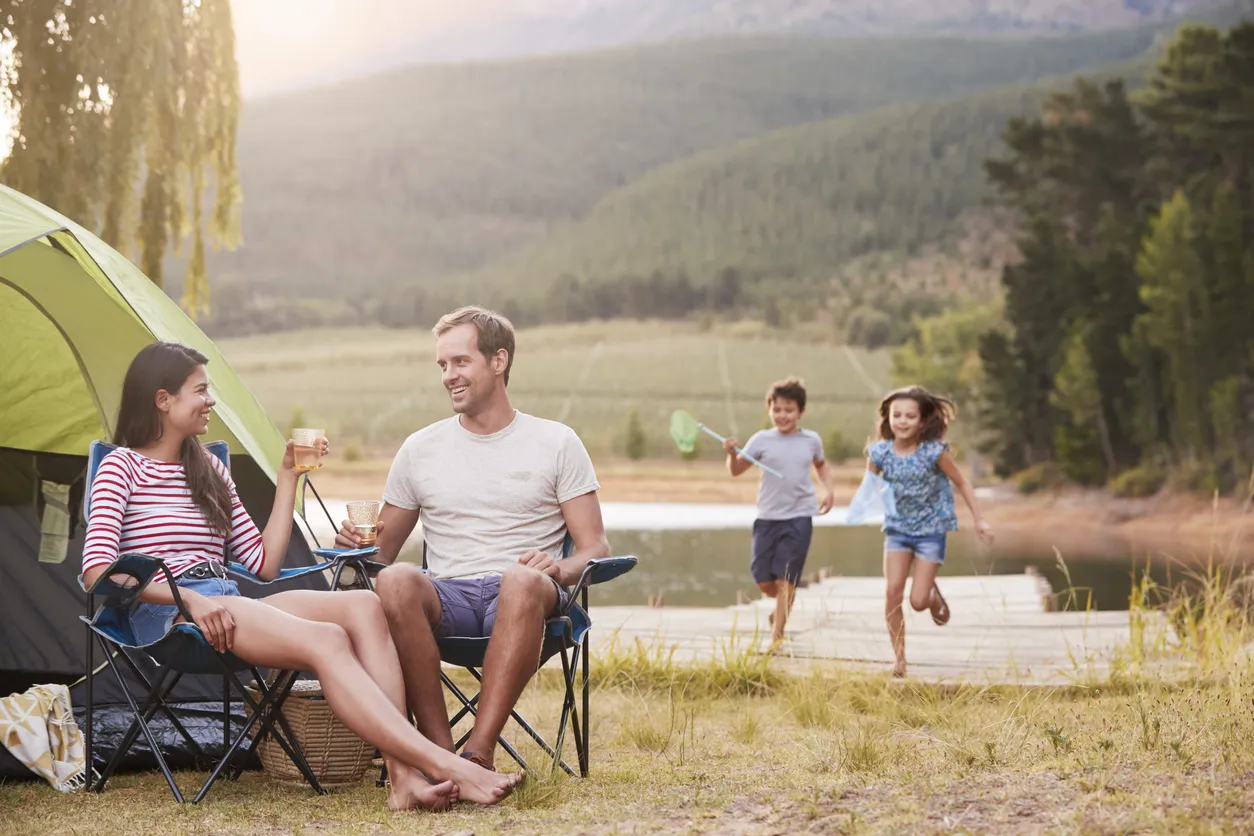The transition from summer camping to overnight into the shoulder season of fall and even into early winter requires a change in gear – especially clothing and your sleeping system. Clothing, from layering to insulation, is a whole other area of preparation. Sleeping gear can be as simple as adding to what you already have.
While down and synthetic insulated winter bags include those designed to keep the occupant warm at below zero temperatures, the transitional summer-to-winter camper can usually modify a summer bag to provide adequate warmth and comfort to a frosty, autumn/early winter’s night sleep.
A general rule for choosing a sleeping bag is to select one rated down to ten degrees colder than you anticipate experiencing during your outing. Most summer bags are rated down to about +30F; a 3-season bag’s has an even colder, lower end temperature range down to about zero F.
A simple and common way to extend the warmth of a sleeping bag is to use a liner (flannel, synthetic fiber) inside your main bag. Typically a liner will extend a bags range by at least 10 degrees depending upon the material and its thickness). Wearing long johns or an under-layer of clothing while sleeping can keep you warmer, too.
Additional cold weather sleepwear such as a stocking cap and wool socks add warming comfort to your extremities as well. Adding hot water to your water bottle and placing it at your feet can help, too.
Another critical factor in a warm – and comfortable – night’s sleep are the pads beneath you. Typically a summer cushion is an inflatable mattress pad between you and the ground. Others may opt for a closed cell mini-pad to conserve space in a backpack. A simple transition to cold weather sleeps is to simply combine the two.
The air in an “air mattress”, while cushioning against the ground, also cools from the air surrounding it. In a closed-cell mattress, those tightly packed closed cells provide insulation from a cold surface to the sleeper. The simple solution for a comfortable and warm night’s sleep is to use the air mattress as the base layer for comfort and top it with the closed cell pad to insulate the sleeper from the cold below. Extra warmth and extra comfort!
Cold weather camping is often approached in increments from warm summer nights to longer, cooler fall weekends to the heart of winter itself. The transition provides enjoyable camping experiences throughout the entire journey – often just modifying gear as you go.

